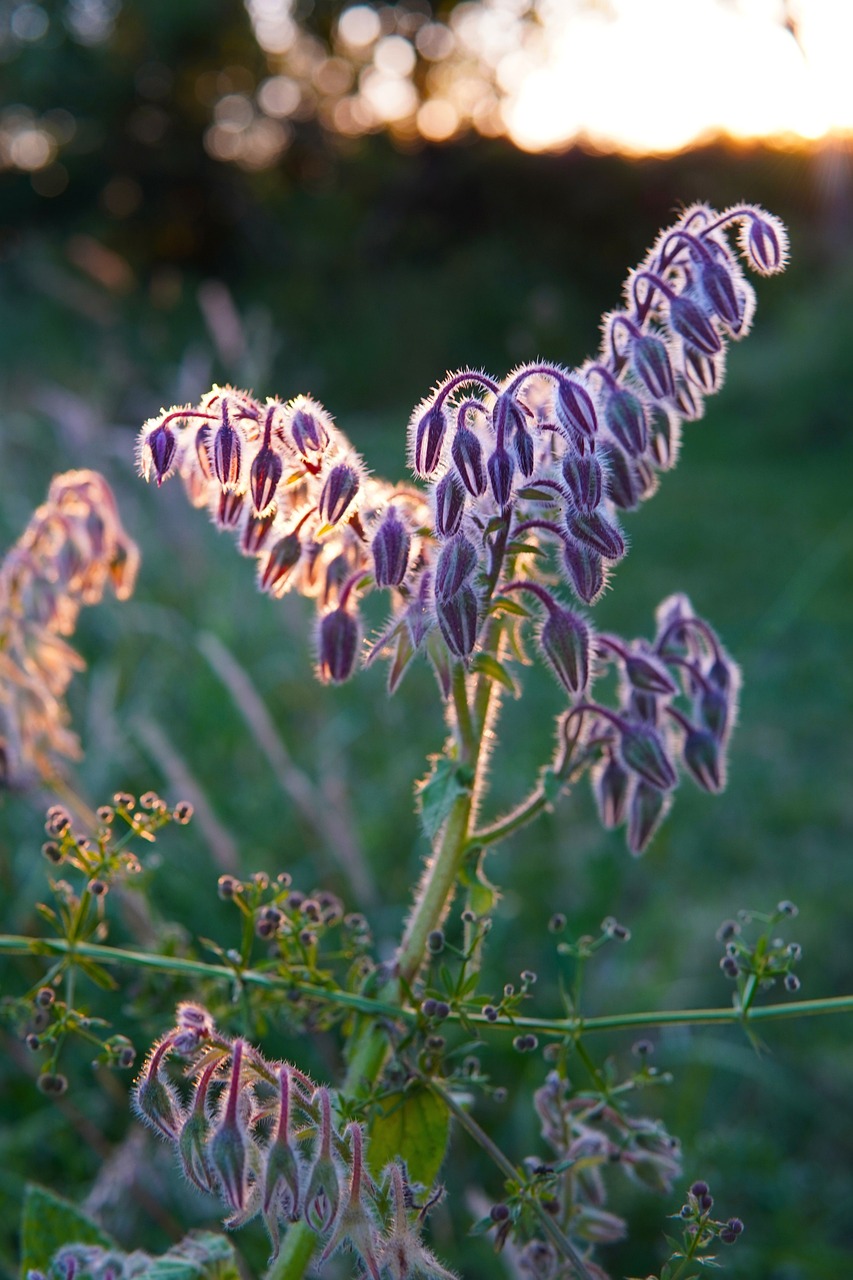
Borage
Borago officinalis
Basic Information
🌿 Family: Boraginaceae🗺️ Zone: 2-11
Other Names:
- Starflower
- Bee Bush
- Tailwort
🌡️ Ideal Temperature : 40°F – 85°F
🔥 Heat Tolerance: Up to 100°F
❄️ Cold Tolerance: Down to 20°F
🌱 Type: Annual
Layers
- Herbaceous
Functions
- Edible
- Medicinal
- Pollinator
- Wildlife Attractor
- Mulcher
- Dynamic Accumulator
- Erosion Control
- Border Plant
- Pest Management
Pests
No pests associated with this plant.
Description
Borage (Borago officinalis) is an annual herb known for its striking blue, star-shaped flowers and fuzzy, cucumber-flavored leaves. It grows quickly, reaching heights of 60–90 cm (2–3 feet) with a sprawling habit. Borage is highly attractive to pollinators and beneficial insects.
The plant thrives in a variety of soil conditions but prefers well-drained, sandy, or loamy soils. It is drought-tolerant once established and self-seeds prolifically, making it an easy-to-grow addition to gardens, food forests, and medicinal herb beds.
🌞💧 Sun and Water Requirements:
- Prefers full sun but tolerates partial shade.
- Grows well in well-drained, moderately fertile soil.
- Requires moderate watering but is drought-tolerant once established.
✂️🫘 Methods to Propagate:
- Seeds: Direct sow in early spring or late summer; germinates quickly in warm soil.
- Self-seeding: Readily self-seeds, often returning year after year in favorable conditions.
- Transplanting: Can be transplanted when young, but prefers direct sowing.
🧑🌾👩🌾 When to Harvest:
- Leaves can be harvested at any time for culinary or medicinal use.
- Flowers should be harvested fresh when fully open for the best flavor.
- Seeds mature in late summer and can be collected for future planting.
Purpose
Borage serves multiple functions in a permaculture system:
- Edible: Leaves and flowers are used in salads, teas, and herbal infusions.
- Medicinal: Traditionally used to support adrenal function, digestion, and skin health.
- Pollinator: Flowers attract bees, butterflies, and other beneficial pollinators.
- Wildlife Attractor: Provides nectar for pollinators and supports beneficial predatory insects.
- Mulcher: Large leaves decompose quickly, adding organic matter to the soil.
- Dynamic Accumulator: Draws up trace minerals such as potassium and calcium, enriching the surrounding soil.
- Erosion Control: Deep roots help improve soil structure and prevent erosion.
- Border Plant: Works well in garden borders and food forests, adding biodiversity.
- Pest Management: Attracts beneficial predatory insects such as hoverflies that help control aphids.